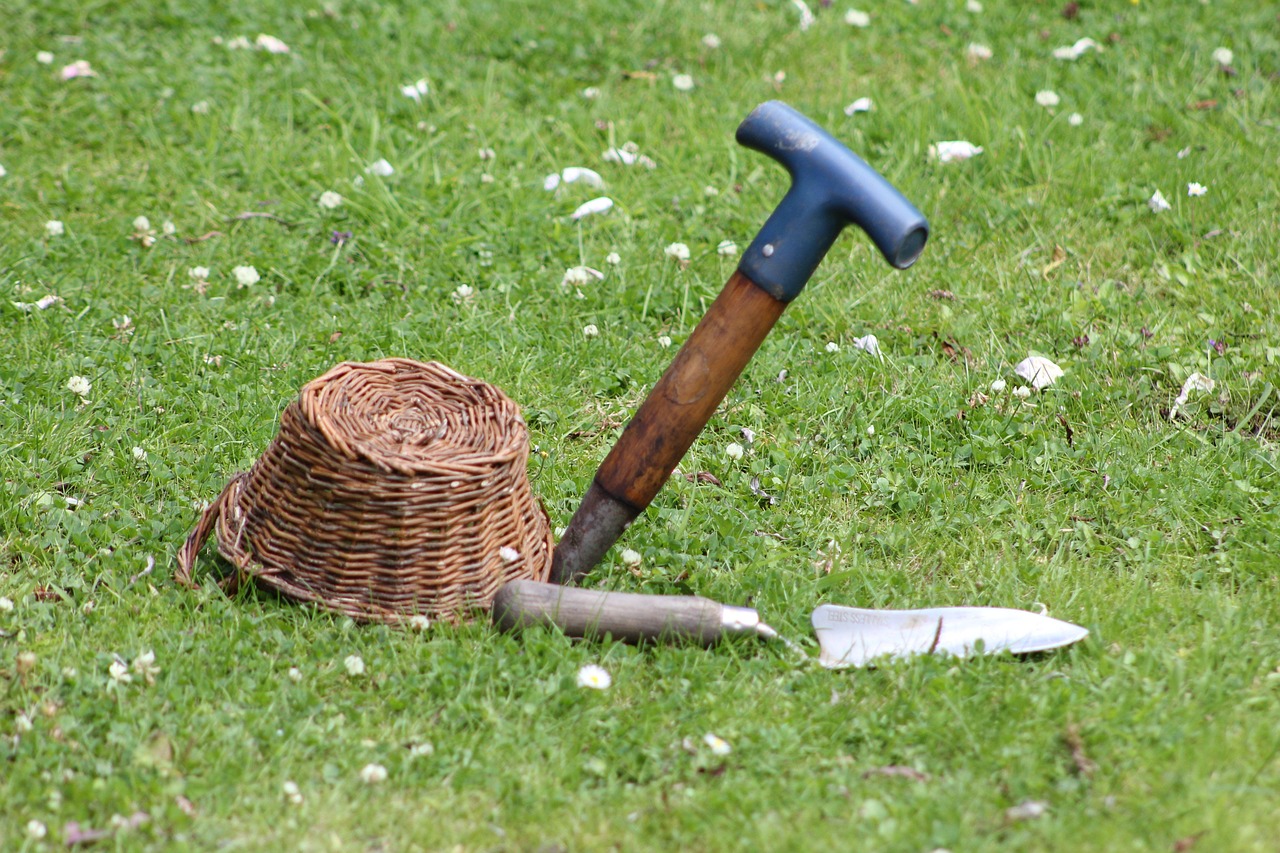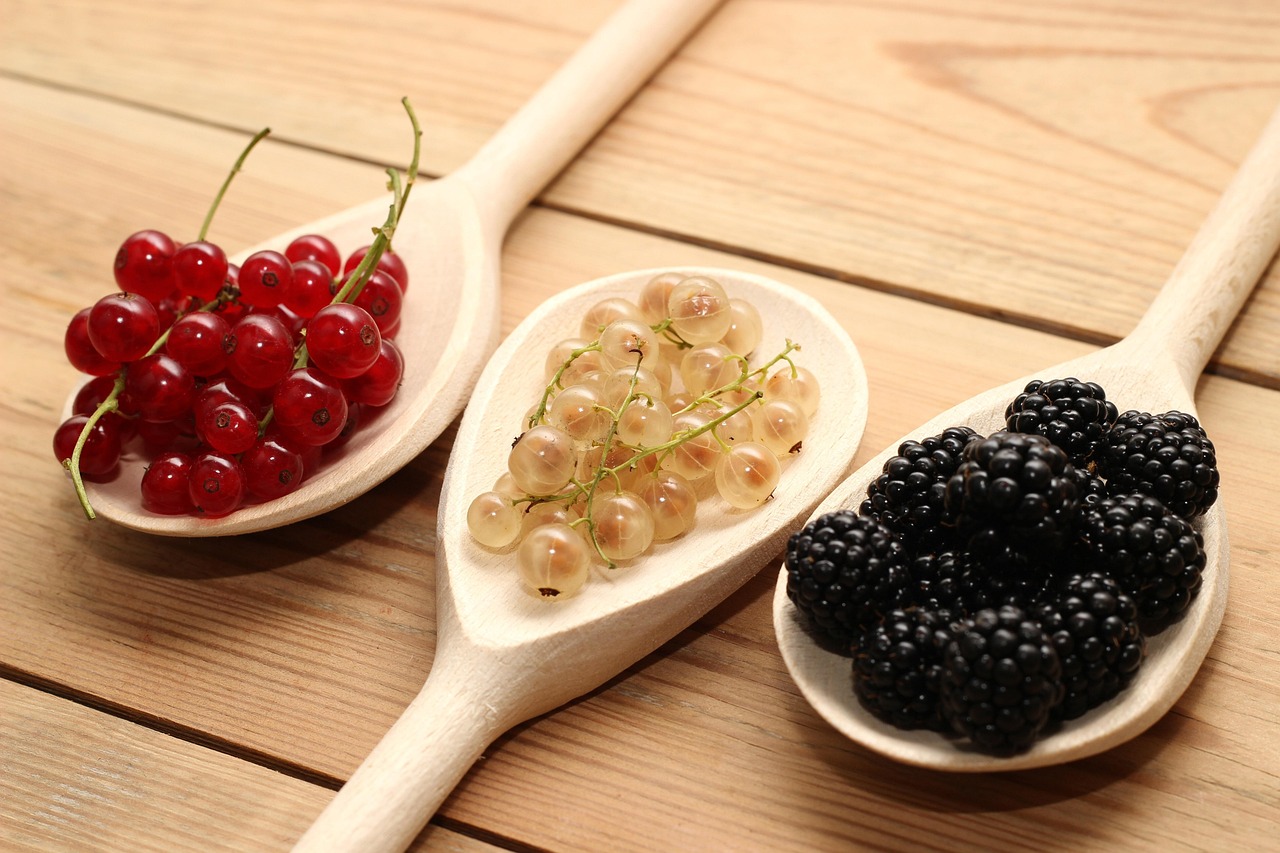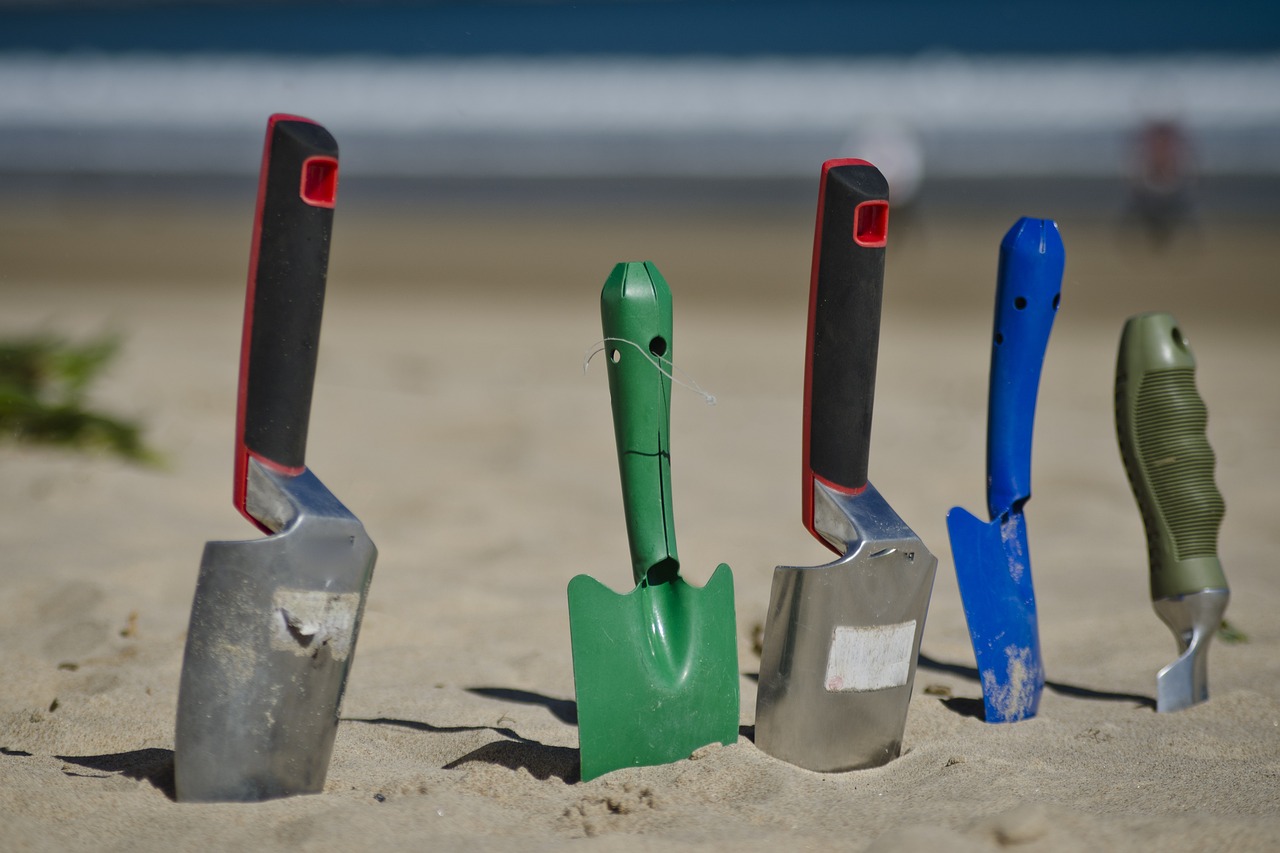A garden trowel is a versatile hand tool primarily used for digging, planting, and transplanting small plants. It is essential for various gardening tasks, making it a must-have for both beginner and experienced gardeners.
The garden trowel is one of the most fundamental tools in any gardener’s toolkit. Its design typically features a broad, flat blade that allows for easy digging and lifting of soil. The handle is often ergonomically shaped to provide comfort during use. Whether you are planting flowers, vegetables, or herbs, the trowel is indispensable. It can also be used for various other tasks, from weeding to mixing soil amendments.

Understanding the different uses of a garden trowel can greatly enhance your gardening experience. Below are some of the primary functions of this essential tool:
Common Uses of a Garden Trowel
Garden trowels serve multiple purposes that are crucial for effective gardening. Knowing how to utilize a trowel properly can make tasks easier and improve your overall gardening results. Here are some common uses:
- Digging: A trowel is perfect for digging small holes for planting seeds or bulbs.
- Transplanting: Use it to lift young plants from pots and place them into your garden beds.
- Weeding: The pointed blade helps to remove weeds from the ground effectively.
- Mixing: You can use a trowel to mix soil with compost or fertilizers.
- Leveling: Use it to level off soil in planting beds for even planting surfaces.
Each of these tasks requires a different technique or approach. For example, when digging, you want to angle the blade downward to break through compacted soil. In contrast, when transplanting, a gentle lift is necessary to avoid damaging the plant’s roots.

Types of Garden Trowels
Not all trowels are created equal. There are several types available, each designed for specific tasks. Below is a table that outlines some common types of garden trowels along with their specific uses:
| Type of Trowel | Description | Best Use |
|---|---|---|
| Standard Trowel | A general-purpose trowel with a pointed blade. | Digging, planting, and transplanting. |
| Transplant Trowel | Narrower than a standard trowel, making it easier for precise work. | Transplanting seedlings and small plants. |
| Weeding Trowel | A fork-like design with sharp edges to cut roots. | Removing weeds from the garden. |
| Mini Trowel | A smaller version ideal for container gardening. | Working in tight spaces or small pots. |
Selecting the right type of trowel can significantly affect your gardening efficiency. For instance, if you primarily work in containers or small spaces, a mini trowel would be more beneficial than a larger standard trowel. Conversely, if you are working on larger gardening projects, a standard version may be more appropriate.
Choosing the Right Garden Trowel
When selecting a garden trowel, consider several factors to ensure you choose the best one for your needs. Here are some important considerations:

- Material: Look for durable materials like stainless steel or carbon steel that resist rust and corrosion.
- Handle Comfort: Ergonomic handles can reduce strain on your hands during prolonged use.
- Blade Shape: Choose a blade shape that suits your gardening style; pointed blades are great for digging, while wider blades can scoop more soil.
By selecting a garden trowel that fits your specific needs, you can improve your gardening efficiency and enjoyment. Whether you are an avid gardener or just starting out, understanding how to make the best use of your trowel will enhance your gardening experience.
Essential Techniques for Using a Garden Trowel
Knowing how to properly use a garden trowel can greatly enhance your gardening skills. Each task requires specific techniques to maximize efficiency and minimize strain on your body. Here are some essential techniques for various gardening tasks:
Digging with a Garden Trowel
When digging, the goal is to break through compacted soil without exerting too much force. To dig effectively, follow these steps:

- Positioning: Place the blade of the trowel at a 45-degree angle to the ground.
- Press Down: Use your foot to push the handle down, allowing the blade to penetrate the soil.
- Wiggle: Move the trowel side to side slightly to loosen the soil.
- Lift: Gently lift the soil out using the trowel’s blade, keeping it flat.
This technique allows you to dig efficiently while reducing the risk of injury or strain on your back and arms. Additionally, smaller movements are often more effective than large ones.
Transplanting Plants
Transplanting plants requires care to ensure that you do not damage their roots. Here’s how to use a trowel for this task:
- Prepare the New Hole: Use your trowel to create a hole slightly larger than the root ball of the plant.
- Loosen the Plant: Insert the trowel around the edges of the pot and gently lift the plant out.
- Place in New Hole: Position the plant in the center of the new hole, ensuring that it is at the same depth as it was in the pot.
- Fill with Soil: Use the trowel to backfill around the roots gently, ensuring no air pockets remain.
This method not only promotes healthy root growth but also reduces transplant shock.
Caring for Your Garden Trowel
Proper care and maintenance of your garden trowel can prolong its life and effectiveness. Here are some tips for keeping your trowel in top condition:
- Cleaning: After each use, rinse off any soil and debris. A soft brush can help remove stubborn dirt.
- Drying: Always dry your trowel thoroughly after cleaning to prevent rust.
- Sharpening: Regularly sharpen the blade using a sharpening stone or file to maintain its cutting edge.
- Storage: Store your trowel in a dry place, preferably hanging or in a tool box to avoid damage.
Taking these simple steps will ensure that your trowel remains functional and ready for use whenever you need it.
Innovative Uses for a Garden Trowel
A garden trowel is not just limited to traditional gardening tasks. It can be used innovatively in various other ways. Here are some creative uses for your garden trowel:
- Garden Art: Use a trowel to create interesting designs in flower beds or vegetable patches.
- Soil Testing: A trowel can help you take soil samples for testing pH or nutrient levels.
- Pest Control: Use the flat edge of a trowel to assist in digging trenches for pest barriers.
- Aerating Soil: The pointed blade can be used to poke holes in compacted soil for better aeration.
These innovative applications showcase how versatile this tool can be beyond its conventional gardening functions.
The Importance of Ergonomics
Ergonomic design in gardening tools can significantly affect your comfort and efficiency. Here are some key ergonomic features to look for when choosing a garden trowel:
- Grip Design: Look for handles that fit comfortably in your hand and reduce fatigue during prolonged use.
- Handle Length: A longer handle can provide better leverage, reducing strain on your wrists and back.
- Bending Angles: Some trowels come with angled blades that allow for easier digging without bending over too much.
Investing in ergonomic tools will not only improve your gardening experience but also help prevent injuries over time.
Safety Tips When Using a Garden Trowel
While using a garden trowel is generally safe, taking precautions can help avoid injuries. Here are some essential safety tips to keep in mind:
- Wear Gloves: Protect your hands from blisters and cuts by wearing gardening gloves.
- Be Aware of Your Surroundings: Ensure that you are not standing on unstable ground and watch out for nearby plants or obstacles.
- Use Proper Posture: Maintain a straight back while digging to prevent strain. Bend at the knees instead of the waist.
- Keep the Blade Sharp: A sharp blade requires less effort to use, reducing the risk of slipping and potentially injuring yourself.
- Store Safely: Always store your trowel in a safe place, away from children and pets.
By following these safety guidelines, you can enjoy a safer gardening experience while using your trowel.
Choosing the Right Size for Your Garden Trowel
The size of a garden trowel can significantly impact its usability and comfort. Here are some considerations when selecting the right size:
- Hand Size: Choose a trowel that fits comfortably in your hand. A trowel that is too large may be difficult to maneuver, while one that is too small may not provide adequate leverage.
- Garden Size: For larger gardens, consider a standard-sized trowel. For container gardening or tight spaces, a mini trowel might be more suitable.
- Task Specificity: For delicate tasks like transplanting seedlings, a smaller trowel works best. Conversely, for digging or larger planting jobs, a larger blade is advantageous.
Taking these factors into account will help ensure that you select a trowel that meets your gardening needs effectively.
Different Materials Used in Garden Trowels
The material used to make garden trowels affects their durability, weight, and performance. Here’s an overview of common materials used in garden trowels:
| Material | Description | Pros | Cons |
|---|---|---|---|
| Stainless Steel | A rust-resistant metal that is durable and easy to clean. | Corrosion-resistant, long-lasting, and easy to maintain. | Can be heavier than other materials. |
| Carbon Steel | A strong metal known for its sharpness and sturdiness. | Holds an edge well and is very durable. | Prone to rust if not maintained properly. |
| Plastic | A lightweight option often used for smaller garden trowels. | Lightweight and easy to handle; often inexpensive. | Not as durable or effective for tough soil conditions. |
| Aluminum | A lightweight metal that is resistant to corrosion. | Lightweight and easy to maneuver; good for small tasks. | Can bend or warp under heavy pressure. |
Selecting the right material is crucial for ensuring that your trowel meets the demands of your gardening tasks while providing comfort during use.
Maintaining Your Garden Trowel for Longevity
Regular maintenance can extend the life of your garden trowel and keep it functioning optimally. Here are some maintenance tips:
- Regular Cleaning: After each use, clean the blade with soapy water and a soft brush. This helps prevent dirt buildup and rust.
- Oil the Blade: Applying a light coat of vegetable oil or machine oil can protect against rust and keep the blade smooth.
- Tighten Loose Parts: Periodically check for any loose screws or nuts and tighten them as needed to maintain stability.
- Sharpen as Needed: Keep the blade sharp by using a sharpening stone or file. A sharp blade makes gardening tasks easier.
Caring for your garden trowel not only enhances its performance but also provides a better gardening experience overall. By following these simple maintenance tips, you can ensure that your tool remains in excellent condition for years to come.
The Role of Garden Trowels in Sustainable Gardening
Sustainable gardening practices emphasize the importance of environmental stewardship. Using tools like garden trowels can contribute significantly to these efforts. Here are ways that garden trowels support sustainable gardening:
- Minimal Soil Disturbance: Garden trowels allow for precise digging and planting with minimal disruption to the soil structure, preserving beneficial organisms.
- Efficient Usage: Smaller hand tools like trowels require less energy than larger machinery, which helps reduce carbon footprints.
- Pest Management: Trowels can be used to cultivate soil manually, reducing reliance on chemical pesticides by promoting natural pest control methods.
The integration of garden trowels into sustainable gardening practices demonstrates how simple tools can have a positive impact on the environment while promoting healthy plant growth.
Enhancing Your Gardening Experience with Accessories
While a garden trowel is a crucial tool, various accessories can enhance your gardening experience. Using the right accessories alongside your trowel can streamline tasks and improve efficiency. Here are some essential accessories to consider:
- Garden Kneeler: A kneeler provides comfort while planting or weeding, reducing strain on your knees and back.
- Soil Moisture Meter: This tool helps monitor the moisture level in your soil, ensuring plants receive the right amount of water.
- Seedling Trays: These trays are perfect for starting seeds indoors before transplanting them with your trowel into the garden.
- Tool Belt: A tool belt allows you to keep essential tools, including your trowel, within easy reach while working in the garden.
Incorporating these accessories can make gardening tasks more manageable and enjoyable. They ensure that you have everything you need at hand, allowing you to focus on nurturing your plants effectively.
Gardening Techniques to Pair with Your Trowel
In addition to using your trowel effectively, understanding various gardening techniques can enhance your results. Here are some techniques that work well with a garden trowel:
- Raised Bed Gardening: This method involves creating elevated garden beds that allow for better drainage and soil quality. A trowel is ideal for planting and maintaining these beds.
- No-Dig Gardening: This technique minimizes soil disturbance by layering organic materials on top of the soil. A trowel can be used to plant directly into these layers.
- Companion Planting: Pairing plants that benefit each other can improve yields. Use your trowel to plant companion crops effectively.
These techniques can be easily integrated into your gardening routine, making the most of your trowel and promoting a healthier garden ecosystem.
Community Gardening and Trowel Use
Community gardening is an excellent way to share gardening knowledge and resources. In such settings, a garden trowel plays a vital role. Here are some ways trowels contribute to community gardens:
- Shared Resources: Community gardens often have shared tools. A durable trowel will withstand frequent use by different gardeners.
- Education: New gardeners can learn proper techniques for using a trowel under the guidance of experienced gardeners in the community.
- Cultivating Together: Working side by side fosters camaraderie and encourages teamwork in maintaining the garden.
Participating in community gardening not only enhances individual gardening skills but also builds social connections and promotes sustainable practices.
Final Thoughts
The garden trowel is an invaluable tool in every gardener’s toolkit. Its versatility allows for a variety of tasks, from digging and planting to weeding and mixing soil. Understanding how to choose the right trowel, maintain it properly, and use it effectively can significantly enhance your gardening experience.
By incorporating ergonomic design, safe usage practices, and complementary accessories, you can maximize both efficiency and comfort while gardening. Additionally, integrating sustainable practices ensures that you contribute positively to the environment while enjoying the benefits of a flourishing garden.
Whether you are a beginner or an experienced gardener, mastering the use of a garden trowel can help you cultivate beautiful plants and create a thriving outdoor space. Embrace the joy of gardening with this essential tool, and explore its many uses to transform your gardening journey into a rewarding experience.
